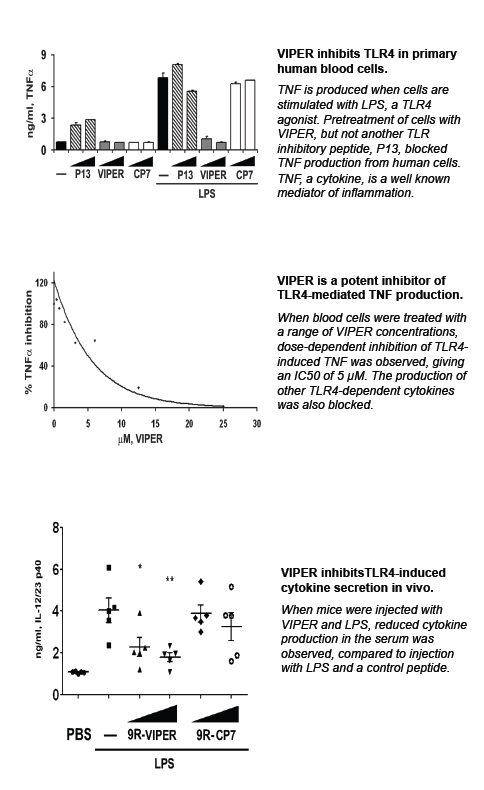
Cat. #153927
Anti-CYE1 [17C8]
Cat. #: 153927
Sub-type: Primary antibody
Unit size: 100 ug
Target: Cyclin E
Class: Monoclonal
Application: WB ; IF
Host: Mouse
£300.00
This fee is applicable only for non-profit organisations. If you are a for-profit organisation or a researcher working on commercially-sponsored academic research, you will need to contact our licensing team for a commercial use license.
Contributor
Inventor: Edward Kipreos
Institute: University of Georgia
Tool Details
*FOR RESEARCH USE ONLY (for other uses, please contact the licensing team)
- Name: Anti-CYE1 [17C8]
- Alternate name: CYE-1
- Research fields: Cell biology
- Tool sub type: Primary antibody
- Class: Monoclonal
- Conjugation: Unconjugated
- Host: Mouse
- Application: WB ; IF
- Description: Cyclin E is a member of the cyclin family of proteins, which regulates the cell cycle through its activation of cyclin-dependent kinases. Specifically, cyclin E binds and activates the S phase Cdk2. The cyclin EÄËĂÂĂÂCdk2 complex promotes the G1 to S phase cell cycle transition. Overexpression of cyclin E has been implicated in carcinomas among the gastrointestinal tract, including colon or stomach cancer as well as a marker for breast cancers
- Immunogen: Full-length recombinant CYE-1 protein
Target Details
- Target: Cyclin E
- Target background: Cyclin E is a member of the cyclin family of proteins, which regulates the cell cycle through its activation of cyclin-dependent kinases. Specifically, cyclin E binds and activates the S phase Cdk2. The cyclin ECdk2 complex promotes the G1 to S phase cell cycle transition. Overexpression of cyclin E has been implicated in carcinomas among the gastrointestinal tract, including colon or stomach cancer as well as a marker for breast cancers
Applications
- Application: WB ; IF
Handling
- Format: Liquid
- Unit size: 100 ug
- Shipping conditions: Shipping at 4° C
References
- Kim et al. 2007. Mol Cell Biol. 27(4):1394-406. PMID: 17145765.
- The Caenorhabditis elegans replication licensing factor CDT-1 is targeted for degradation by the CUL-4/DDB-1 complex.


